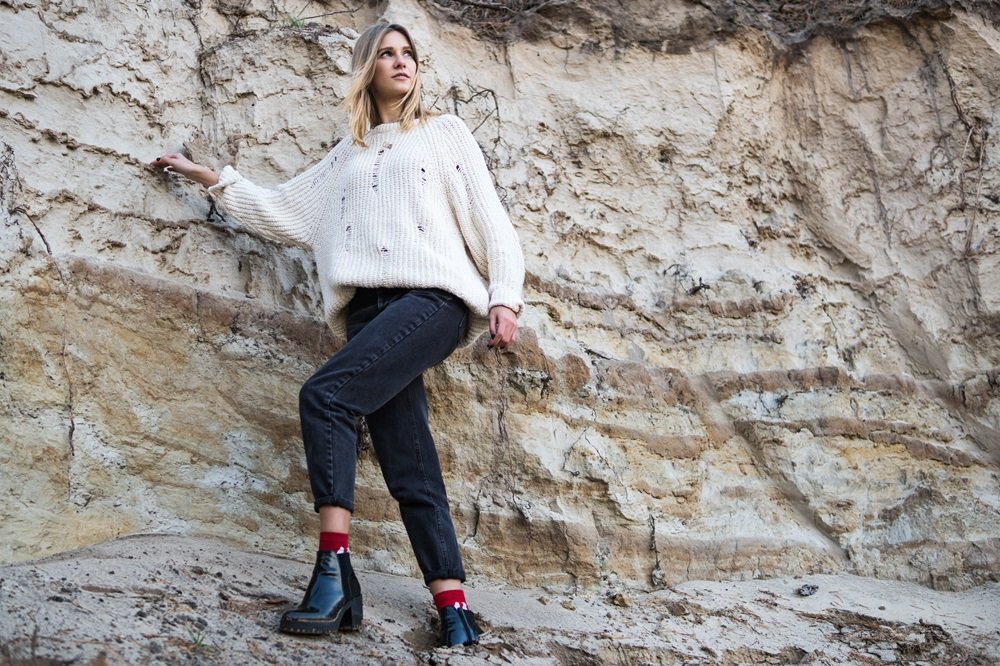Choosing the perfect pair of hiking pants can be tricky, especially when it comes to pockets. How many do you really need?
Whether you’re considering Lululemon hiking pants or other brands, this guide will help you understand the optimal number of pockets and their uses.
Why Pockets Matter in Hiking Pants
Pockets are more than just a convenience; they’re essential for carrying your hiking essentials. A well-designed pair of hiking pants should keep your items secure, accessible, and organized.
Key Benefits of Multiple Pockets
- Accessibility: Easily grab your gear without needing to stop and open your backpack.
- Organization: Keep your items sorted and avoid clutter.
- Security: Zipped or velcro pockets ensure your valuables stay safe.
Types of Pockets and Their Uses
1. Front Hand Pockets
These are the most common pockets, perfect for items you need to access frequently.
- Uses: Store small items like keys, snacks, or a map.
- Example: The front pockets in Lululemon hiking pants are deep enough to hold your essentials securely.
2. Back Pockets
Usually found on the rear, these pockets are often less used but can be handy.
- Uses: Ideal for flatter items like a wallet or folded map.
- Fact: Many hiking pants have back pockets with flaps or zippers for added security.
3. Cargo Pockets
Located on the sides of the thighs, these pockets are larger and can hold bulkier items.
- Uses: Great for storing gloves, a headlamp, or even a compact first-aid kit.
- Tip: Look for cargo pockets with secure closures like zippers or velcro.
4. Thigh Pockets
These are similar to cargo pockets but usually smaller and more streamlined.
- Uses: Perfect for a smartphone, multi-tool, or compass.
- Highlight: Thigh pockets in Lululemon hiking pants are designed to minimize bulk while maximizing utility.
5. Hidden Pockets
These discreet pockets are often found inside the waistband or along seams.
- Uses: Best for valuables like cash, credit cards, or a key.
- Security: Hidden pockets provide an extra layer of security against theft.
How Many Pockets Do You Really Need?
Minimalist Approach
For those who prefer to hike light and simple:
- Recommended Pockets: 3-4
- Configuration: Two front hand pockets, one back pocket, and one hidden pocket.
- Ideal For: Short hikes or when carrying a small backpack.
Moderate Approach
A balanced option for most hikers:
- Recommended Pockets: 5-6
- Configuration: Two front hand pockets, two cargo pockets, one back pocket, and one hidden pocket.
- Ideal For: Day hikes and moderate trails where you need easy access to more gear.
Maximalist Approach
For those who need to carry a lot without relying on a backpack:
- Recommended Pockets: 7-8
- Configuration: Two front hand pockets, two cargo pockets, two thigh pockets, one back pocket, and one hidden pocket.
- Ideal For: Long hikes, multi-day trips, or when you need to keep your hands free.

Comparative Table: Pocket Configurations
| Approach | Number of Pockets | Pocket Types | Best For |
| Minimalist | 3-4 | Front hand, back, hidden | Short hikes |
| Moderate | 5-6 | Front hand, cargo, back, hidden | Day hikes, moderate trails |
| Maximalist | 7-8 | Front hand, cargo, thigh, back, hidden | Long hikes, multi-day trips |
Practical Tips for Choosing Hiking Pants
- Assess Your Needs: Think about what you typically carry and how accessible you need those items to be.
- Try Them On: Make sure the pockets are easy to reach and don’t restrict movement.
- Check Security: Ensure pockets have secure closures like zippers or velcro.
Test for Comfort: Loaded pockets shouldn’t make the pants uncomfortable or unbalanced.



